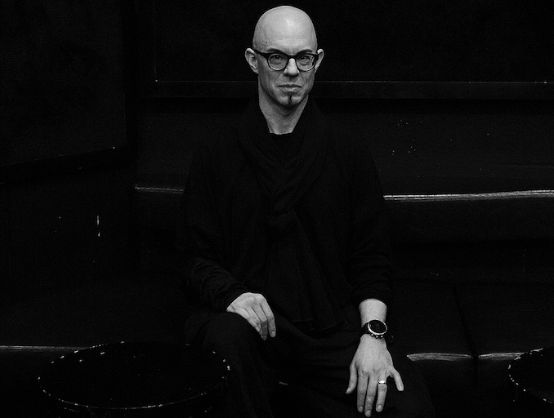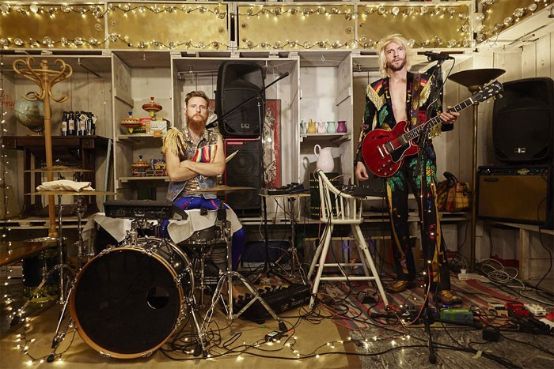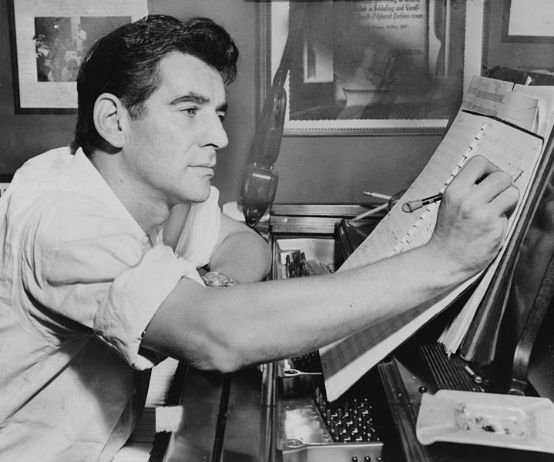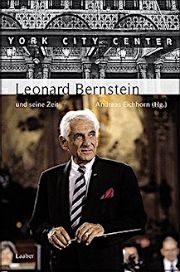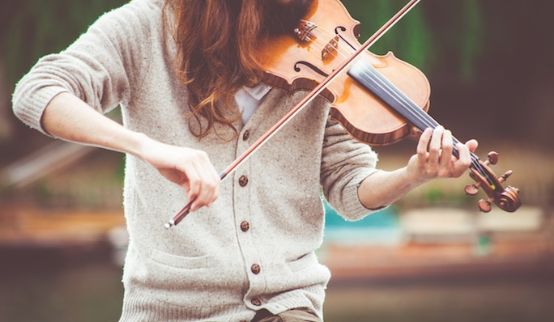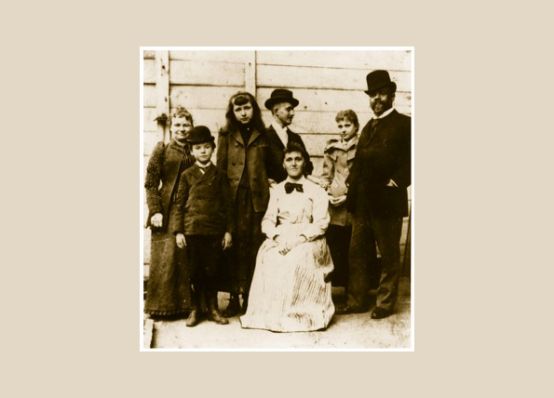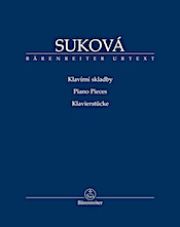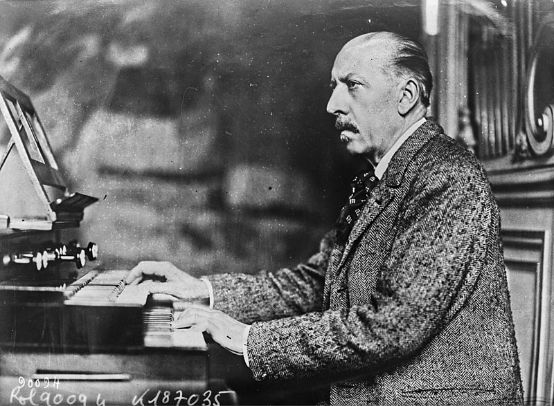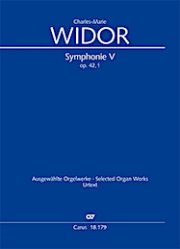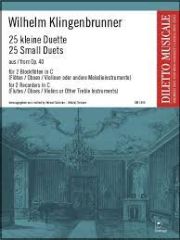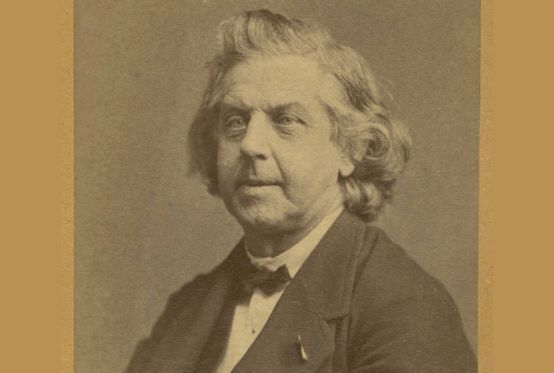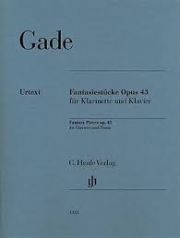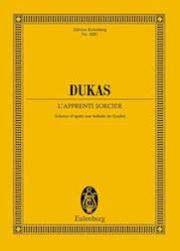Argovia philharmonic under new management
Change of baton at the Argovia philharmonic. The Norwegian Rune Bergmann succeeds the Brit Douglas Bostock as chief conductor.
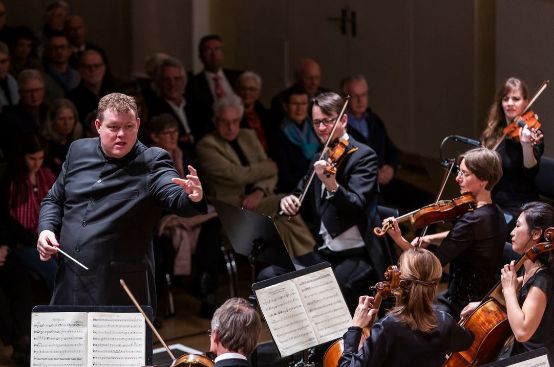
Douglas Bostock is leaving the orchestra after 18 years at the end of the 2018/19 season. Bergmann will take up his position on July 1, 2020 for the 2020/21 season, after the argovia philharmonic has moved into its new concert hall, the Alte Reithalle Aarau. His contract as Chief Conductor of the argovia philharmonic is for a period of 3 years, with an option to extend.
According to the orchestra's press release, the decision was based on the Norwegian's two previous guest conducting engagements with the argovia philharmonic in April 2017 and more recently in January 2019, as well as following his successful work in Calgary and Szczecin.
Rune Bergmann has appeared with numerous orchestras in North America and Europe, including the Baltimore Symphony, Houston Symphony, Detroit Symphony in the USA, Oslo Philharmonic, Bergen Philharmonic, Staatskapelle Halle and Orquesta Sinfonica Portuguese in Europe. He was also 1st Kapellmeister at the Theater Augsburg. He is currently chief conductor of the Calgary Philharmonic Orchestra in Canada and the Szczecin Philharmonic in Poland as well as director of the Fjord Cadenza music festival in Norway.










